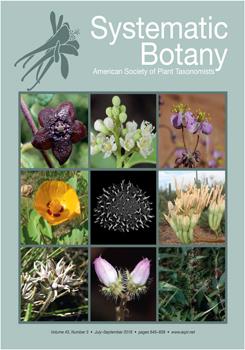Gaya comprises ca. 39 species distributed in the Neotropics, mainly in South America and with its greatest diversity in Brazil (14 species). Within tribe Malveae, Gaya has been always treated as homogeneous, yet isolated, due to a suite of unique morphological characters. The present study aimed to determine its phylogenetic affinities based on amolecular phylogenetic analysis of nuclear (ITS) and plastid (petL-psbE spacer, rpl16 intron) sequence data and considering morphological, palynological, and cytogenetic data within that phylogenetic context. Forty-four species from tribe Malveae, 19 Gaya species and 24 from related genera, and one species of tribe Hibisceae as an outgroup, were sampled for molecular and morphological analyses. In all analyses, Gaya emerged as monophyletic with Herissantia as its sister. This study is the first to confirm the sister relationship between these two genera. The monophyly of Gaya was supported further by morphological synapomorphies related to the dispersal of its mericarps and seeds, specifically the constriction site of themericarp and dehiscence type. A nectary rim at the internal base of the calyx is shared by Gaya and Herissantia and is a character not previously used in phylogenetic studies of Malveae. The evolutionary interpretation of other characters revealed homogeneity at the generic level and, therefore, these other characters might be useful for future higher-level phylogenetic studies in the tribe Malveae.
How to translate text using browser tools
10 August 2018
Molecular Phylogenetics and Character Evolution of Gaya and Related Genera (Malvoideae, Malvaceae)
Cátia Takeuchi,
Cecília H. Kano,
Jennifer A. Tate,
Gerleni L. Esteves
ACCESS THE FULL ARTICLE

Systematic Botany
Vol. 43 • No. 3
Jul-Sep 2018
Vol. 43 • No. 3
Jul-Sep 2018
ITS
Malveae
mericarp
morphology
nectary
Neotropics
plastid




